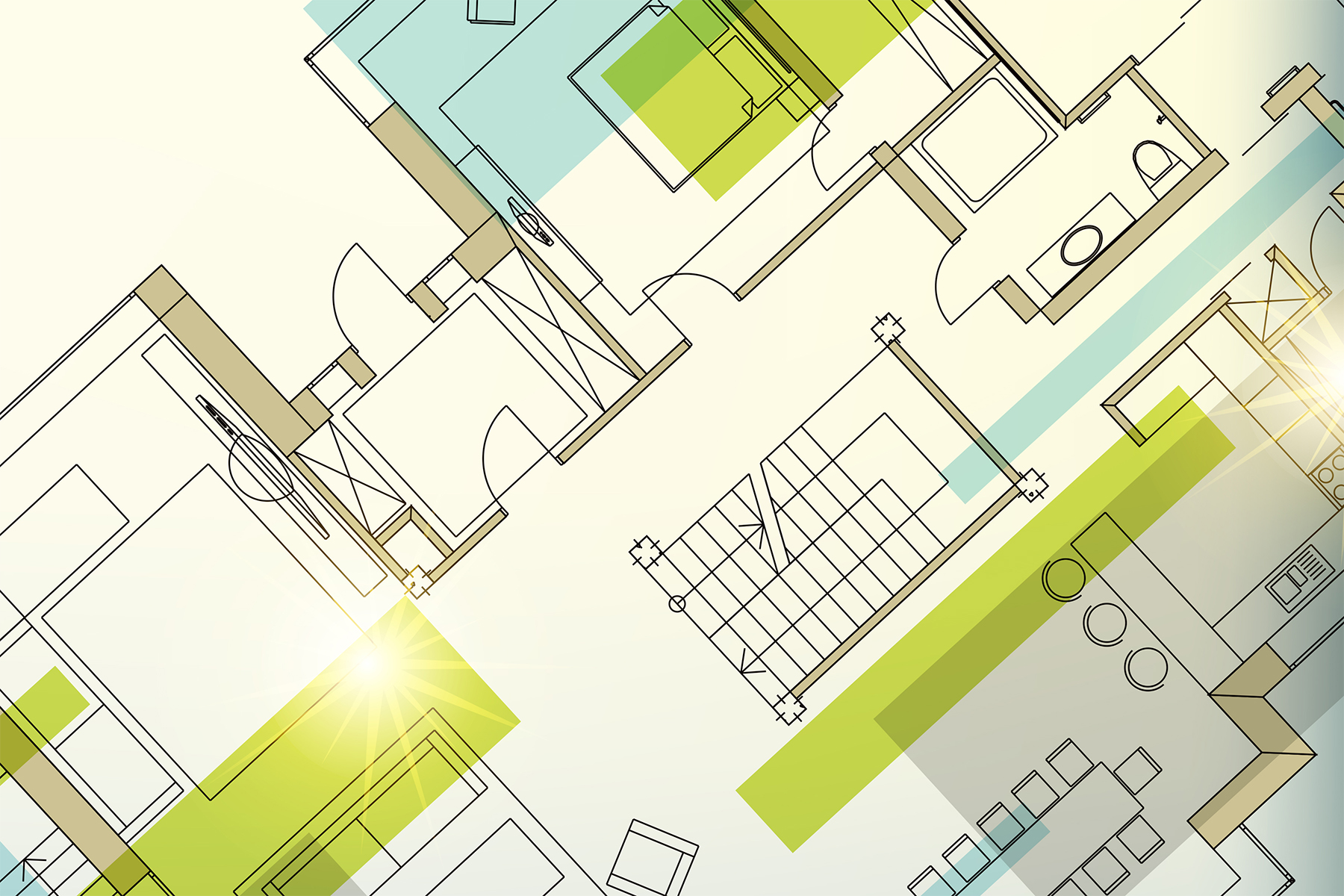If you’re an architect, designer or engineer who considers green building a priority, you probably already know about LEED v4.
The latest version of the United States Green Building Council’s Leadership in Energy and Environmental Design certification officially took effect on November 1.
LEED v4 is more demanding than the previous version, LEED 2009. A more demanding certification, however, also means more ways to get credit for sustainable, high-performance architecture and design.
As a company with a strong dedication to sustainable design, we’re excited about the potential LEED v4 offers. Here’s an overview of how the new standard will affect water sustainability practices.
Three times the prerequisites
To secure a Water Efficiency Credit, LEED 2009 required only one prerequisite, but LEED v4 requires three:
Outdoor water use reduction. Your outdoor landscaping must be designed to reduce or eliminate the need for water usage.
Indoor water use reduction. As in LEED 2009, your building must reduce aggregate water use 20% from the baseline. But this prerequisite now includes an important change: All newly installed toilets, urinals, private lavatory faucets and showerheads that are eligible for labeling must be WaterSense labeled.
Building-level water metering. You’re required to:
- Install permanent meters capable of measuring total potable water use for the building and associated grounds;
- Document that data on a monthly basis; and
- Agree to share the data with the USGBC for five years following project certification or building occupancy, whichever comes first.
More available credits
Once your building has satisfied all the prerequisites, there are four areas where your building can earn additional LEED credit points—and two of them are new:
Outdoor water use reduction. Does your building truly need an outdoor irrigation system? Eliminating the need for outdoor irrigation entirely—or reducing the landscape watering requirement by at least 50%—can earn your project up to two points.
Indoor water use reduction. Our specialty! Reducing indoor water use beyond the 20% prerequisite can earn your project more points, with up to six points awarded for reductions of 50% or more. This is where Sloan’s water-saving flushometers and faucets can make a huge difference.
Cooling tower water use. This new credit is designed to encourage buildings to conserve water used for cooling tower makeup while effectively controlling microbes, corrosion and scale in the condenser water system. This credit can earn your building up to two points.
Additional water metering. Another new credit requires permanent water meters for two or more of the following water subsystems:
- Irrigation
- Indoor plumbing fixtures and fittings
- Domestic hot water
- Boilers
- Reclaimed water
- Other process water
Since you can’t manage what you don’t measure, a water meter is the best way to identify high-water use areas and leakage. Projects that sub-meter at least two water end uses are awarded one additional point.
Water sustainability experts
Since the 1906 invention of the Royal® Flushometer, Sloan’s innovations have saved building owners billions of gallons of water. From our water-saving products to our continuing education offerings, we make sustainability a key facet of the value we offer architects, designers and engineers.
We consider fresh water to be the world’s most valuable resource, so we’re pleased to see the USGBC raise the bar for water savings certification with LEED v4.
Want to know more about LEED v4 water efficiency certification? Contact Sloan’s Director of Corporate Sustainability, Patrick Boyle.
Manténgase al Día
Regístrese para recibir notificaciones por correo electrónico y actualizaciones del blog de Sloan
